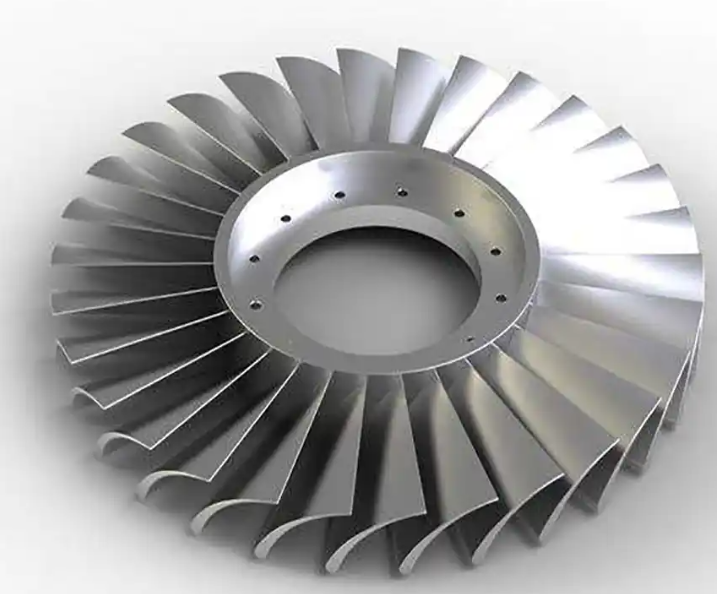Chemical impellers are pivotal components in industries such as petrochemicals, pharmaceuticals, and wastewater treatment, where they facilitate fluid movement, mixing, and processing under demanding conditions. These specialized impellers, often designed as high-efficiency impellers or corrosion-resistant impellers, ensure optimal performance while withstanding harsh chemical environments. This 4,000-word guide provides a comprehensive exploration of chemical impellers, covering their principles, types, selection factors, material comparisons, maintenance protocols, and emerging technologies. Whether you’re an engineer, procurement specialist, or plant manager, this guide equips you with the knowledge to make informed decisions for your industrial applications.
What Is A Chemical Impeller?
A chemical impeller is a rotating component in centrifugal pumps, agitators, or mixers that imparts energy to fluids, enabling their movement, mixing, or dispersion. Unlike standard impellers used in less demanding applications like water pumping, chemical impellers are designed to handle aggressive media, including corrosive acids, high-viscosity fluids, or particle-laden slurries. Their design emphasizes durability, efficiency, and resistance to chemical degradation, making them indispensable in industries requiring robust fluid handling solutions.
For instance, a high-efficiency impeller minimizes energy losses by optimizing fluid flow dynamics, reducing operational costs in large-scale chemical plants. These impellers are typically found in centrifugal pumps, where they convert rotational energy into fluid momentum, or in agitators, where they ensure homogeneous mixing of chemicals. Their ability to operate under high pressures, extreme temperatures, or corrosive conditions sets them apart from general-purpose impellers.
The 7 Core Types Of Chemical Impellers And Their Applications
Each type of chemical impeller is designed for specific industrial needs. This section details the seven primary types and their ideal use cases.
Open Impeller
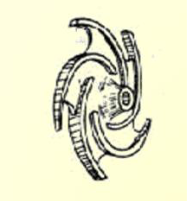
Open impellers feature exposed vanes without front or back shrouds, making them well-suited for high-flow, low-pressure applications. These impellers are commonly used in environments where fluids contain suspended solids, such as wastewater treatment plants or slurry pumping systems. The open design minimizes the risk of clogging and simplifies maintenance, especially when frequent cleaning is required. While they offer excellent flow capacity and are easy to service, their limitations include lower pressure generation and reduced efficiency in handling high-viscosity fluids. For instance, in a chemical plant, an open impeller may be used to pump effluent streams containing up to 10% solid content, ensuring uninterrupted flow without blockages.
Closed Impeller
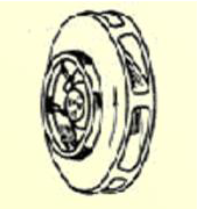
Closed impellers are designed with vanes enclosed between two shrouds, which improves hydraulic efficiency and pressure output. This configuration makes them ideal for high-pressure, clean fluid systems, such as those found in petrochemical processing. Closed impellers excel in precise fluid transfer tasks, including the movement of high-pressure solvents or hydrocarbons. They offer superior energy efficiency and consistent pressure performance but are sensitive to particulate contamination, requiring clean fluids to avoid damage. A typical example would be a closed impeller in a refinery pump, which ensures the stable, high-pressure delivery of petroleum products.
Semi-Open Impeller

Semi-open impellers strike a balance between the open and closed designs by partially covering the vanes. This hybrid configuration allows for moderate efficiency while still accommodating minor particulate matter. They are widely used in industries such as food processing or light chemical applications where fluids might contain small amounts of solids—for example, mixing syrups or flavored liquids. Semi-open impellers offer versatility and moderate solid-handling capabilities but are generally less efficient than closed designs in high-pressure operations. A typical use case might include a semi-open impeller in a brewery, where it gently mixes wort that contains fine grain particles.
Turbine Impeller
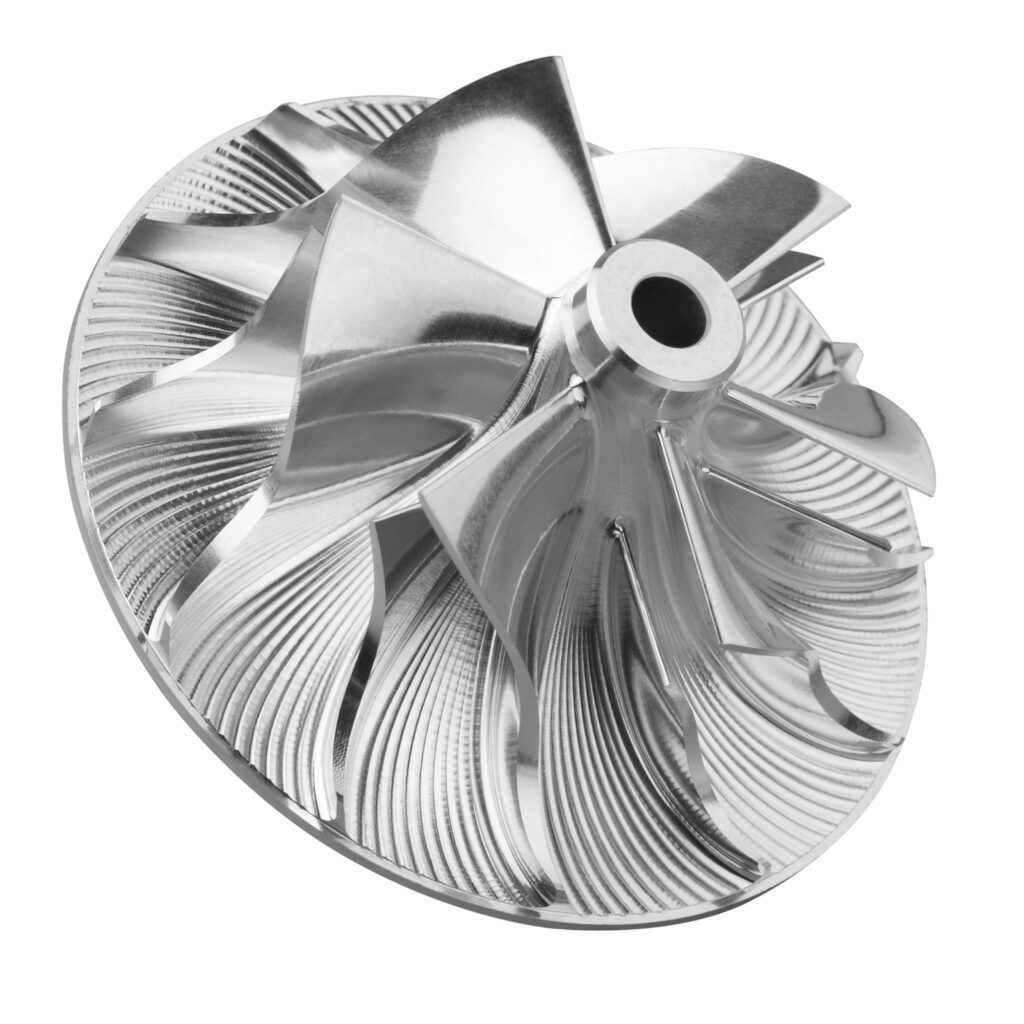
Turbine impellers are engineered for mixing high-viscosity fluids and achieving uniform blending throughout a vessel. With their radial or axial vanes, these impellers are commonly employed in industries such as paint, adhesive, and polymer production, where precise and homogeneous mixing is critical to product quality. Their advantages include effective energy transfer for thick substances and efficient dispersion. However, turbine impellers are typically limited to low-flow operations and may not be suitable for pumping large volumes of fluid. For instance, in a resin manufacturing facility, a turbine impeller is used to evenly distribute chemical additives within a highly viscous polymer matrix.
Propeller Impeller
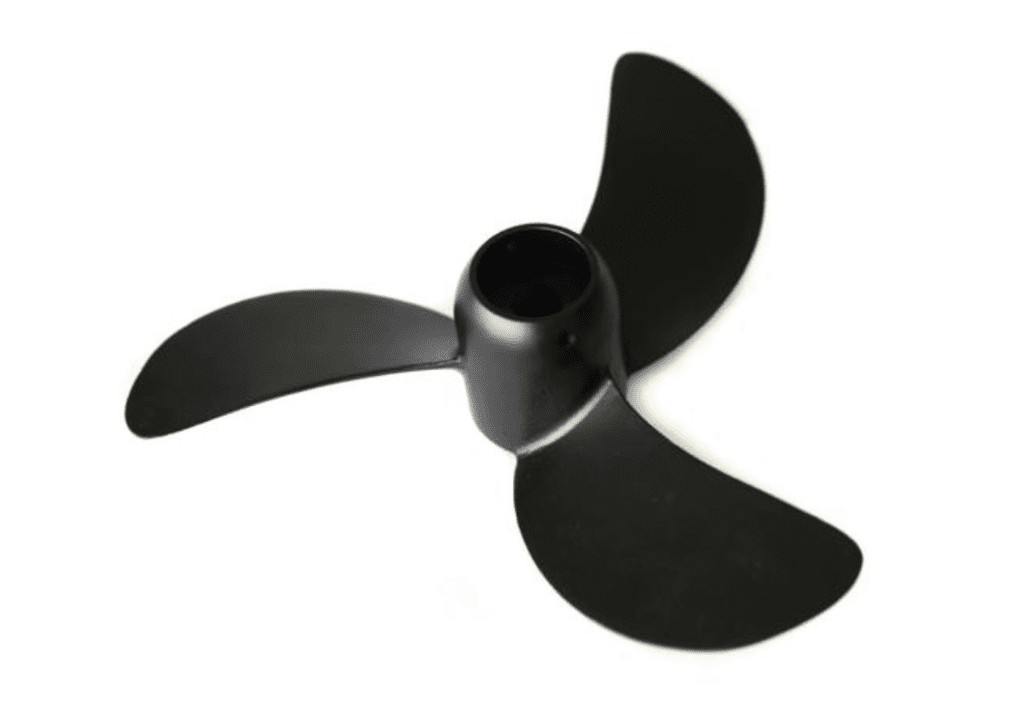
Propeller impellers are designed to generate high flow rates with low shear forces, making them ideal for gently mixing sensitive fluids. These impellers are frequently used in pharmaceutical and biotechnology applications, where preserving the integrity of biological or molecular structures is essential. Their low-shear action prevents the breakdown of delicate compounds while ensuring uniform distribution. While they are highly efficient for low-viscosity fluids, they are not suitable for generating pressure or mixing thick materials. A notable example is a propeller impeller used to blend a vaccine solution, where its gentle mixing action helps preserve the vaccine’s molecular stability.
Shear Impeller
Shear impellers are specialized for processes requiring high shear forces, such as emulsification, dispersion, and particle size reduction. Industries like cosmetics, agricultural chemicals, and paints often rely on these impellers to achieve uniform mixtures and fine emulsions. They are particularly effective at breaking down oil droplets or suspending solid particles in a liquid medium. However, this performance comes at the cost of high energy consumption and potential overprocessing in applications that do not require intensive shear. For example, a shear impeller in a cosmetic production line can create stable emulsions by finely dispersing oil into water, forming smooth creams and lotions.
Customized Impeller
Customized impellers are engineered to meet specific process requirements that standard designs cannot fulfill. These bespoke components are often produced using advanced methods like 3D printing or CNC machining, allowing for optimized geometries and tailored material selection. They are indispensable in applications involving highly corrosive, abrasive, or thermally challenging fluids—such as those found in niche chemical or metallurgical processes. While custom impellers provide unmatched performance and adaptability, they also tend to incur higher costs and longer manufacturing lead times. A practical example would be a 3D-printed impeller used in rare earth metal extraction, where it must withstand acidic slurries and abrasive particulates.
5 Critical Factors For Chemical Impeller Selection
Choosing the right impeller ensures optimal performance and longevity. This section outlines five key selection criteria.
Fluid Characteristics
The fluid’s pH, viscosity, temperature, and solid content dictate impeller design and material. For example, a highly acidic fluid (pH < 2) requires a corrosion-resistant impeller made of Hastelloy or PTFE, while viscous fluids demand turbine impellers for effective mixing.
Tip: Conduct a thorough fluid analysis to identify corrosive or abrasive properties before selection.
Flow And Head Requirements
Flow rate (m³/h) and head (pressure) are critical for matching the impeller to the pump or mixer. Closed impellers excel in high-head applications, while open impellers suit high-flow, low-head scenarios.
Tip: Use pump performance curves to align impeller specifications with system demands.
Material Selection
Material choice impacts durability and cost. Common options include 316L stainless steel for general chemical resistance, Hastelloy for extreme environments, and PP plastic for cost-effective corrosion resistance.
Tip: Match material to fluid corrosivity and budget constraints.
Energy Efficiency And NPSH
Net Positive Suction Head (NPSH) and energy efficiency are vital for preventing cavitation and minimizing power consumption. High-efficiency impellers reduce operational costs in large-scale systems.
Tip: Select impellers with low NPSH requirements for systems prone to cavitation.
Industry Standards And Certifications
Compliance with standards like ISO 5199 or API 610 ensures reliability and safety, particularly in hazardous environments like petrochemical plants.
Tip: Verify certifications during procurement to meet regulatory requirements.
Top Chemical Impeller Materials: A Comparative Analysis
Material selection is critical for impeller performance and longevity. This section compares four leading materials.
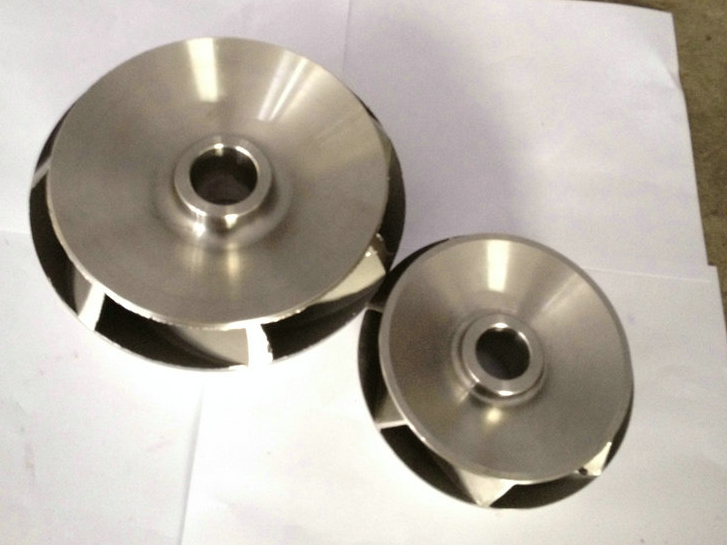
316L Stainless Steel
316L stainless steel is a widely used alloy known for its excellent corrosion resistance and reliable mechanical strength. It is particularly effective in environments with mild acidity, typically within a pH range of 4 to 9, making it suitable for general chemical processing and water-based solutions. One of its major advantages is its affordability and broad availability, which makes it a cost-effective option for many industrial applications. However, its limitations become evident when exposed to aggressive acids like hydrochloric acid, where it may degrade more quickly. A typical application of 316L impellers would be in water-based chemical mixers, where moderate corrosion resistance and durability are sufficient for long-term use.
Hastelloy
Hastelloy is a high-performance alloy known for its outstanding resistance to both strong acids and alkalis, including harsh chemicals like sulfuric acid, hydrochloric acid, and caustic soda. It offers excellent mechanical strength and corrosion resistance, making it ideal for use in the most demanding chemical processing environments. Although Hastelloy components have a longer service life and superior performance under harsh conditions, they come at a significantly higher cost and require specialized fabrication techniques. For example, in mining operations, Hastelloy impellers are often used in acid recovery systems, where extreme chemical exposure demands maximum durability and chemical inertness.
Polytetrafluoroethylene (PTFE)
PTFE, commonly known as Teflon, is a non-metallic material renowned for its chemical inertness and low surface friction. It is particularly effective when handling highly aggressive chemicals, including nitric acid, acetone, and other organic solvents. PTFE impellers offer near-universal chemical compatibility and are easy to clean, making them popular in hygiene-critical industries like pharmaceuticals. However, their relatively low mechanical strength and susceptibility to wear under abrasive conditions limit their use in high-stress environments. A common application includes use in pharmaceutical reactors, where PTFE impellers are employed to mix corrosive reagents without risk of contamination or material degradation.
Ceramic-Coated Impellers
Ceramic-coated impellers are designed to provide enhanced wear and corrosion resistance through a hard, durable outer coating. These impellers are well-suited for handling abrasive slurries and fluids that would otherwise erode metal components, such as those found in mineral processing or silica-laden streams. The ceramic coating significantly extends the impeller’s service life in wear-intensive environments, making it a cost-effective solution over time. However, if the ceramic layer is damaged, repairs can be challenging and typically require specialized techniques. In chemical plants dealing with abrasive fluid streams, ceramic-coated impellers offer a reliable solution to minimize maintenance and downtime.
Common Chemical Impeller Failures And Repair Strategies
Impeller failures can disrupt operations and increase costs. This section identifies common issues and solutions.
Cavitation
Cause: Low-pressure zones cause vapor bubbles to collapse, damaging impeller surfaces.
Symptoms: Pitting, noise, vibration.
Solutions:Optimize NPSH, reduce pump speed, or use cavitation-resistant materials like Hastelloy.
Prevention: Ensure adequate inlet pressure and proper impeller sizing.
Impeller Imbalance
Cause: Wear, debris buildup, or manufacturing defects.
Symptoms: Excessive vibration, bearing wear.
Solutions: Conduct dynamic balancing tests, clean or replace impellers.
Prevention: Regular maintenance and quality control during installation.
Corrosion And Wear
Cause: Exposure to aggressive chemicals or abrasive particles.
Symptoms: Surface degradation, reduced efficiency.
Solutions: Apply protective coatings or switch to corrosion-resistant impellers like PTFE or ceramic-coated models.
Prevention: Select materials suited to fluid properties.
When To Replace An Impeller
Indicators: Efficiency drops >20%, visible damage (cracks, severe pitting), or persistent vibration.
Solutions: Replace with a compatible impeller, ensuring alignment with system specifications.
Prevention: Monitor performance metrics and schedule proactive replacements.
Conclusion
Selecting a high-quality chemical impeller is critical for operational success in demanding industrial environments. Prioritize quality over cost by choosing high-efficiency impellers or corrosion-resistant impellers that meet ISO or API standards. Evaluate fluid characteristics, flow requirements, and material compatibility carefully. Implement rigorous maintenance protocols and leverage emerging technologies like 3D printing or nano-coatings to maximize performance and lifespan. By making informed decisions, you can enhance system reliability, reduce energy costs, and ensure long-term operational efficiency.

